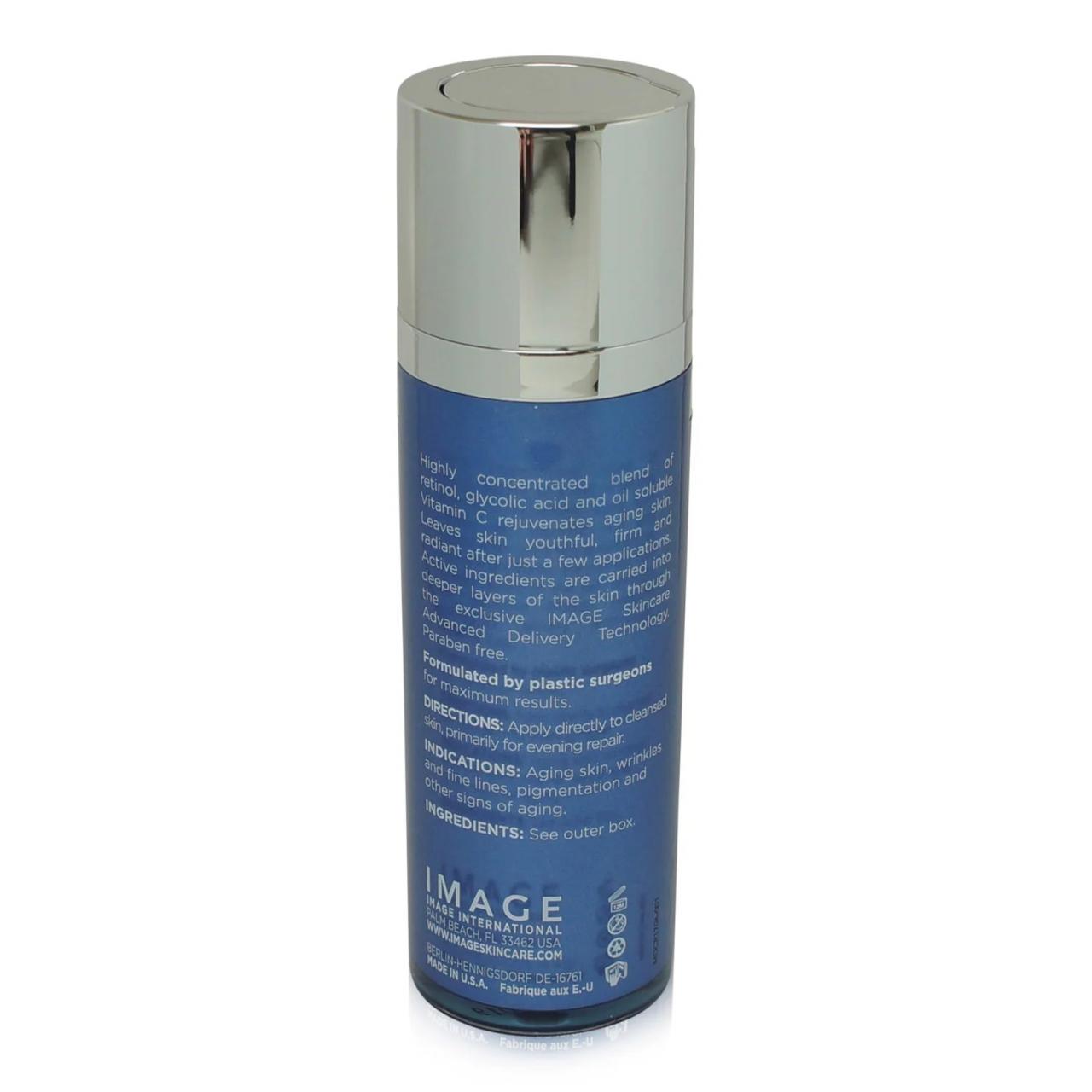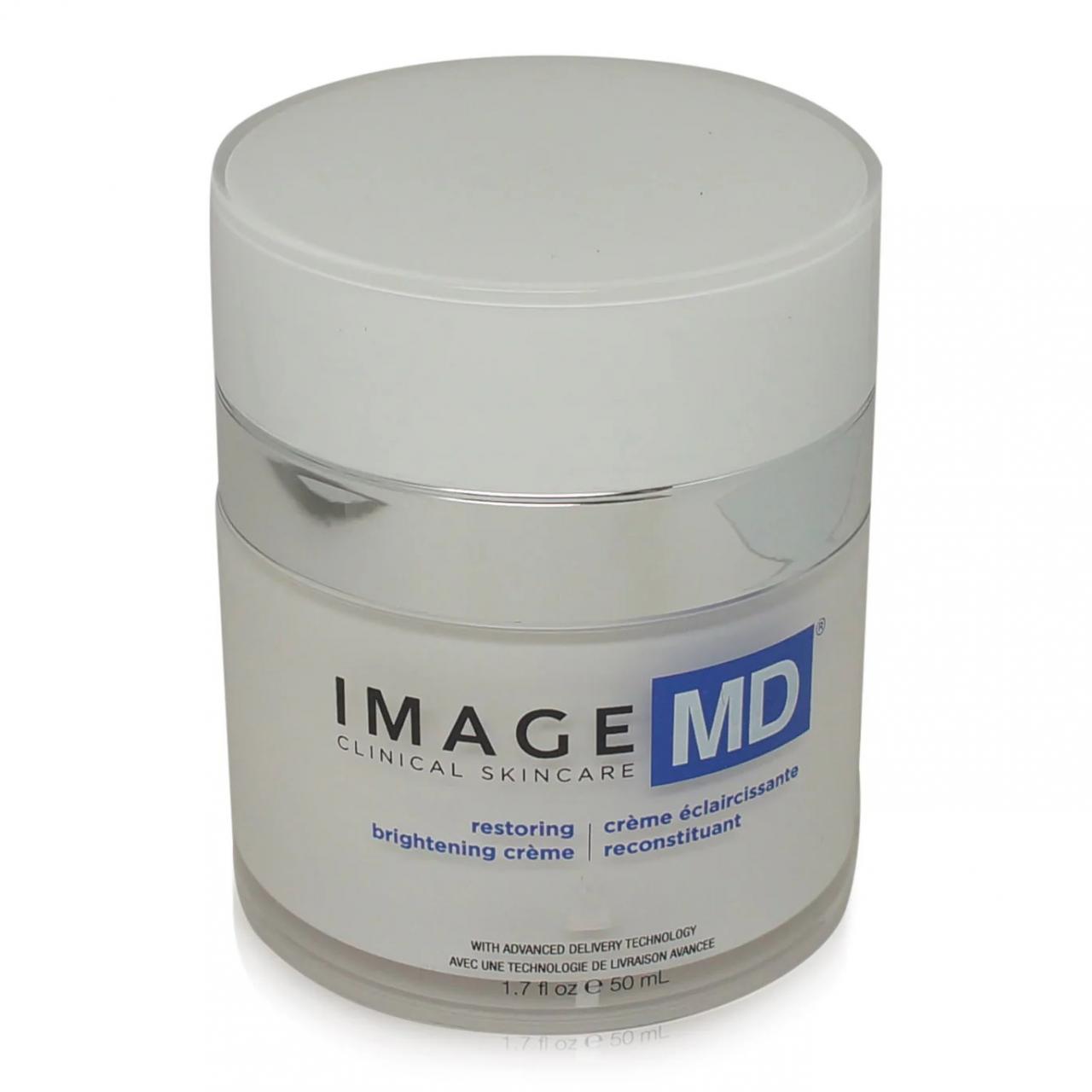Image MD Skincare revolutionizes the skincare industry, offering a cutting-edge approach that combines advanced imaging technologies with personalized skincare regimens. This groundbreaking system analyzes individual skin conditions, providing tailored recommendations for optimal skincare solutions.
Harnessing the power of image analysis, Image MD Skincare empowers individuals to understand their unique skin needs, enabling them to make informed decisions about their skincare routine. With a focus on efficacy and ethical considerations, Image MD Skincare sets a new standard in personalized skincare.
Image-Based Skincare Analysis

Image-based skincare analysis is a non-invasive technique that uses digital images to assess skin health and identify skin conditions. It involves capturing high-resolution images of the skin using specialized cameras or smartphones equipped with advanced imaging capabilities.
Image analysis algorithms are then applied to these images to extract quantitative and qualitative data about the skin’s appearance, texture, and other characteristics. This data can be used to identify a wide range of skin concerns, including wrinkles, fine lines, hyperpigmentation, acne, and skin cancer.
Image Analysis Techniques
There are several different image analysis techniques that can be used for skincare assessment. Some of the most common techniques include:
- Computer vision: This technique uses machine learning algorithms to analyze images and identify patterns and features. It can be used to detect skin conditions, such as acne, wrinkles, and hyperpigmentation.
- Statistical analysis: This technique uses statistical methods to analyze the distribution of pixels in an image. It can be used to measure skin texture, pore size, and other skin characteristics.
- Morphological analysis: This technique uses mathematical morphology to analyze the shape and size of objects in an image. It can be used to detect skin lesions, such as moles and warts.
Limitations and Challenges
Image-based skincare analysis is a powerful tool for assessing skin health, but it does have some limitations and challenges.
- Image quality: The quality of the images used for analysis is critical. Poor-quality images can lead to inaccurate results.
- Skin variability: The skin’s appearance can vary depending on factors such as age, ethnicity, and skin type. This can make it difficult to develop image analysis algorithms that are accurate for all skin types.
- Subjective interpretation: The interpretation of image analysis results can be subjective. Different dermatologists may interpret the same results differently.
Ingredients and Efficacy

Image-based skincare products utilize a range of active ingredients to address various skin concerns. These ingredients have been scientifically studied and proven effective in improving skin health and appearance.
Common Active Ingredients
- Retinol: A vitamin A derivative that promotes cell turnover, reduces wrinkles, and improves skin elasticity.
- Vitamin C: An antioxidant that protects the skin from environmental damage, brightens the complexion, and stimulates collagen production.
- Niacinamide: A form of vitamin B3 that reduces inflammation, improves skin barrier function, and evens skin tone.
- Hyaluronic acid: A humectant that attracts and retains moisture, keeping the skin hydrated and plump.
- Salicylic acid: A beta-hydroxy acid that exfoliates the skin, unclogs pores, and reduces acne.
Efficacy of Ingredients
Numerous clinical studies have demonstrated the efficacy of these active ingredients in improving skin health. For example:
- A study published in the Journal of Cosmetic Dermatologyfound that retinol reduced wrinkles and improved skin elasticity by up to 25% after 12 weeks of use.
- A study in the International Journal of Dermatologyshowed that vitamin C reduced hyperpigmentation and improved skin brightness by 15% after 8 weeks of use.
- A study published in Dermatology Research and Practicefound that niacinamide reduced skin inflammation by 30% and improved skin barrier function by 20% after 4 weeks of use.
Image Analysis in Evaluating Efficacy
Image analysis plays a crucial role in evaluating the effectiveness of skincare products. By comparing before-and-after images of the skin, dermatologists can objectively assess improvements in skin texture, wrinkles, pigmentation, and other skin concerns.
Image analysis software can also quantify changes in skin parameters, such as pore size, sebum production, and skin hydration. This provides a more precise and objective measure of product efficacy than subjective self-assessments.
Personalized Skincare Regimens

Image analysis plays a crucial role in crafting personalized skincare regimens tailored to individual skin concerns. It empowers dermatologists and skincare professionals to make informed decisions about the most suitable products and treatments for each patient.
Skin Type and Concerns Assessment
Image analysis can accurately determine skin type, whether it’s dry, oily, combination, or sensitive. It also helps identify specific skin concerns, such as wrinkles, fine lines, hyperpigmentation, acne, or rosacea. By understanding the unique characteristics of each patient’s skin, professionals can create a regimen that addresses their specific needs.
Optimal Product Recommendations
Based on the image analysis, professionals can recommend products with ingredients that target the identified skin concerns. For instance, a person with dry skin may benefit from a moisturizer containing hyaluronic acid or ceramides, while someone with acne-prone skin might require a cleanser with salicylic acid or benzoyl peroxide.
Examples of Personalized Skincare Regimens
Here are examples of personalized skincare regimens tailored to specific skin conditions:
- Dry Skin:Cleanse with a gentle cleanser, apply a hydrating serum, and seal with a moisturizer containing hyaluronic acid or ceramides.
- Oily Skin:Cleanse with a salicylic acid cleanser, use a clay mask to absorb excess oil, and apply a mattifying moisturizer.
- Combination Skin:Cleanse with a mild cleanser, apply a serum containing antioxidants and vitamins, and use a moisturizer that balances both oily and dry areas.
- Sensitive Skin:Cleanse with a fragrance-free cleanser, apply a calming serum with aloe vera or chamomile, and use a gentle moisturizer.
Advanced Imaging Technologies
As image-based skincare analysis continues to evolve, advanced imaging technologies are emerging to provide even more detailed and accurate insights into the skin’s health and appearance. These technologies offer new possibilities for personalized skincare regimens and more effective treatments.
Discover the world of comfort zone skincare , where every product is designed to pamper and protect your skin. Say goodbye to discomfort and hello to a radiant glow. For those experiencing the dreaded “pilling skincare” phenomenon, pilling skincare offers expert insights and solutions to help you achieve a smooth, even complexion.
If you’re looking for a more youthful appearance, biojuve skincare harnesses the power of science to deliver visible results. And for those seeking a touch of luxury, apricus skincare offers a collection of premium products that will elevate your skincare routine to the next level.
One such technology is 3D imaging. 3D imaging systems capture three-dimensional images of the skin, allowing dermatologists to assess skin texture, wrinkles, and other features with greater precision. This information can be used to create personalized skincare regimens that target specific skin concerns and improve the overall appearance of the skin.
Hyperspectral Imaging
Hyperspectral imaging is another advanced imaging technology that is gaining traction in the field of skincare. Hyperspectral imaging systems capture images of the skin across a wide range of wavelengths, providing detailed information about the skin’s chemical composition. This information can be used to identify skin conditions, such as acne, rosacea, and eczema, and to develop targeted treatments that are more effective.
Unlock the secrets of skincare and discover the transformative power of comfort zone skincare . Embrace a tailored approach to skincare that prioritizes your unique needs, leaving your skin feeling revitalized and radiant. Venture beyond the realm of ordinary skincare and explore the innovative world of pilling skincare , where gentle exfoliation reveals a smoother, brighter complexion.
Dive into the depths of biojuve skincare and unlock the secrets of age-defying skincare. Experience the rejuvenating embrace of apricus skincare , where natural ingredients harmonize to nourish and protect your skin.
The potential of these advanced imaging technologies to enhance skincare analysis and treatment is significant. As these technologies continue to develop, they will provide dermatologists with even more powerful tools to assess and treat skin conditions, leading to better outcomes for patients.
Ethical Considerations: Image Md Skincare
Image-based skincare analysis raises several ethical considerations that need to be addressed to ensure responsible use and minimize potential risks.
One of the primary concerns is data privacy. The analysis of skin images involves the collection and processing of personal data, including sensitive information about skin conditions and health. It is crucial to ensure that this data is collected and used ethically, with informed consent from the individuals involved.
Data Privacy
To protect data privacy, it is essential to:
- Obtain explicit informed consent from individuals before collecting and analyzing their skin images.
- Implement robust data security measures to protect the collected data from unauthorized access and misuse.
- Provide clear and transparent information about how the data will be used and shared.
Informed Consent
Informed consent is a fundamental ethical principle that requires individuals to be fully informed about the purpose, risks, and benefits of any procedure or treatment before they agree to participate. In the context of image-based skincare analysis, informed consent should include:
- A clear explanation of the analysis process, including the types of data collected and how it will be used.
- Information about the potential benefits and risks of the analysis.
- Assurance that the data will be handled confidentially and securely.
Potential for Bias
Another ethical concern is the potential for bias in image analysis algorithms. These algorithms are trained on large datasets of skin images, and if the datasets are not representative of the population, the algorithms may learn biased patterns. This can lead to inaccurate or unfair analysis, particularly for individuals from underrepresented groups.
To mitigate the risk of bias, it is important to:
- Use diverse and representative datasets for training image analysis algorithms.
- Regularly evaluate the algorithms for bias and take steps to correct any identified biases.
- Ensure that the algorithms are used in a fair and equitable manner.
Guidelines for Responsible Use, Image md skincare
To ensure the responsible use of image-based skincare analysis, the following guidelines should be followed:
- Obtain informed consent from individuals before collecting and analyzing their skin images.
- Protect data privacy by implementing robust security measures and providing transparent information about data usage.
- Mitigate the risk of bias by using diverse datasets and evaluating algorithms for bias.
- Use image analysis algorithms in a fair and equitable manner.
- Continuously monitor and evaluate the use of image-based skincare analysis to identify and address any ethical concerns.
By adhering to these guidelines, healthcare professionals and skincare providers can ensure that image-based skincare analysis is used responsibly, protecting patient privacy, promoting equity, and maximizing its benefits for individuals seeking personalized skincare solutions.
Last Point
Image MD Skincare’s innovative approach to skincare transforms the way individuals care for their skin. Through advanced imaging technologies and personalized recommendations, Image MD Skincare empowers users to achieve their skincare goals, promoting healthy, radiant skin.
Popular Questions
What is the science behind Image MD Skincare?
Image MD Skincare utilizes advanced imaging technologies to analyze individual skin conditions, identifying specific concerns and determining optimal skincare solutions.
How does Image MD Skincare create personalized skincare regimens?
Image MD Skincare analyzes individual skin conditions to determine skin type, concerns, and optimal product recommendations, creating tailored skincare regimens that address specific needs.
What are the benefits of using Image MD Skincare?
Image MD Skincare provides personalized skincare recommendations based on individual skin analysis, ensuring effective and targeted skincare solutions.





Leave a Reply